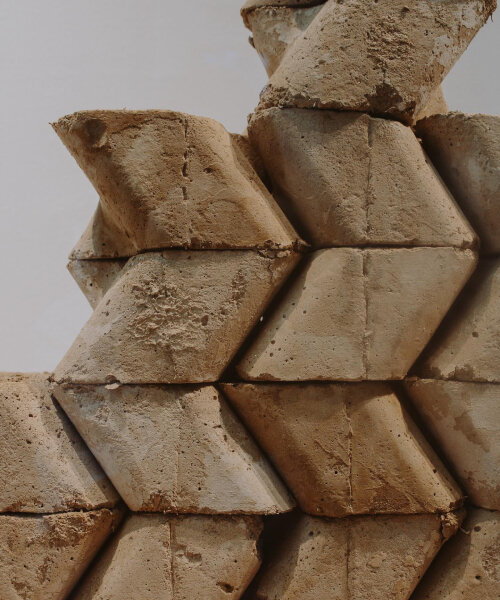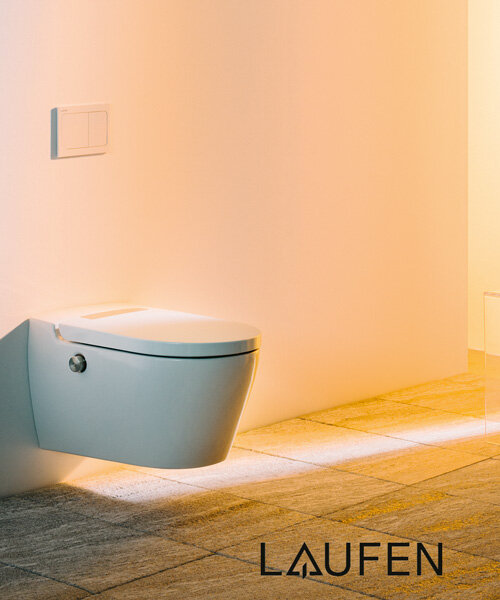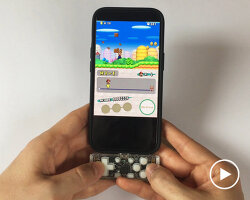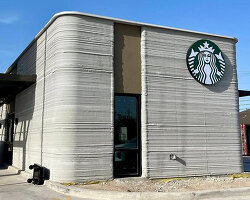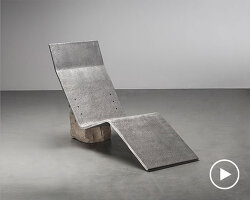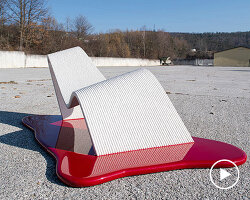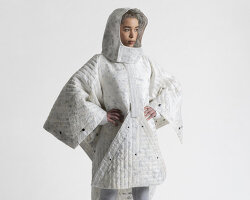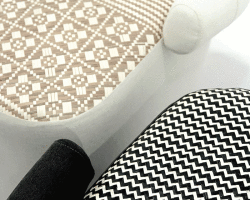developed by students at Digital Fabrication Workshop
Exploring new methods to manufacture earthen adobes beyond traditional methods, the research team at Universidad Iberoamericana’s Digital Fabrication Workshop presents TERRABLOCKS. The project seeks to work with the land to unearth its economic, social, cultural, and ecological benefits, culminating in a series of parametric adobes for more sustainable construction components.
The blocks are composed by modeling the original geometry with a 3D printed mold in PLA, and casting the negative in silicone rubber to facilitate de-molding. Later, mixtures of raw earth and natural fibers sourced locally are prepared to crafts the molds for mass distribution, enabling a circular economy with the pieces able to be reused as many times as necessary.
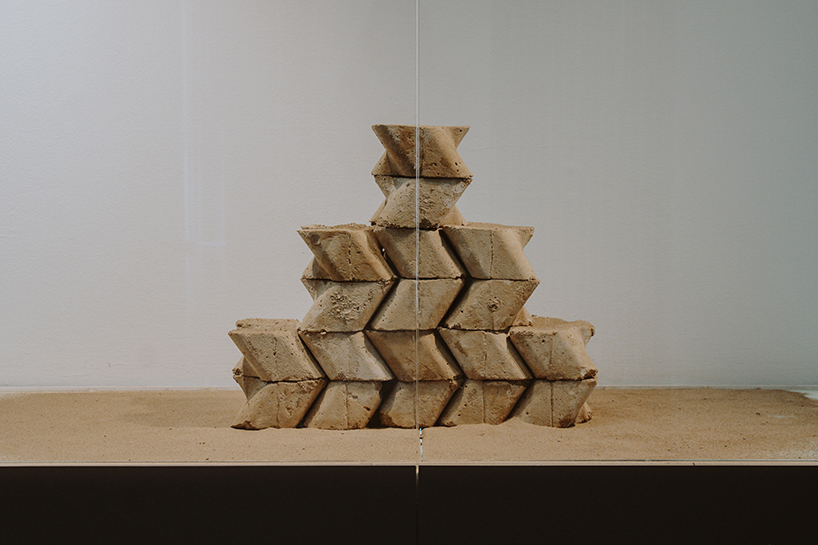
all images courtesy of Dinorah Martinez Schulte
terrablocks unearth economic & ecological benefits of adobe
Across three groups, the Digital Fabrication Workshop team drew on adobe’s natural properties and use in both ancient and contemporary civilizations to develop TERRABLOCKS. The design group focused on developing the most optimal geometry with curvatures and slopes to optimize the 3D printing, using computational design tools such as Rhinoceros and Grasshopper. The geometry was based on the replication of nine circles where they were interspersed to find the curvature formed at the junction of the circumferences to push the geometry to the limit with this materiality.
The second team developed the material, devising five different mixtures in order to test the potential of the soil with different aggregates and to explore its limits by playing with their weights. Enhancing sustainability efforts, materials were also extracted only 60 kilometers from the university campus in Mexico City. Finally, the fabrication team explored different mold making strategies to project the original geometry and to select the most efficient and optimized process for its construction and mass production.

developed by Universidad Iberoamericana’s Digital Fabrication Workshop
Mixing and pouring the soil into the mold was completed within just a day, while the drying process took three days. A total of 20 pieces were produced within four weeks, and the molds ensured a potential production quantity of 270 partitions. Considering the reduced time and labor, the total number of parts created was 20, their total cost corresponding to only 7.40% of the total use of the initial investment.
‘Working with land has great impact and benefits in economic, social, cultural, and ecological terms,’ notes the research team. As earth is an abundant and readily found material in all regions, it is much more economical to work with it compared to materials such as concrete or steel. A natural material, it is also completely renewable, and the work required for its handling has less environmental impact. Due to its components and properties, the earth is capable of regulating temperatures – from cooling in hot climates to heating in cold climates – thus reducing impacts of heating or cooling systems. Its malleability also means it can be easily manipulated to create a variety of textures and shapes.
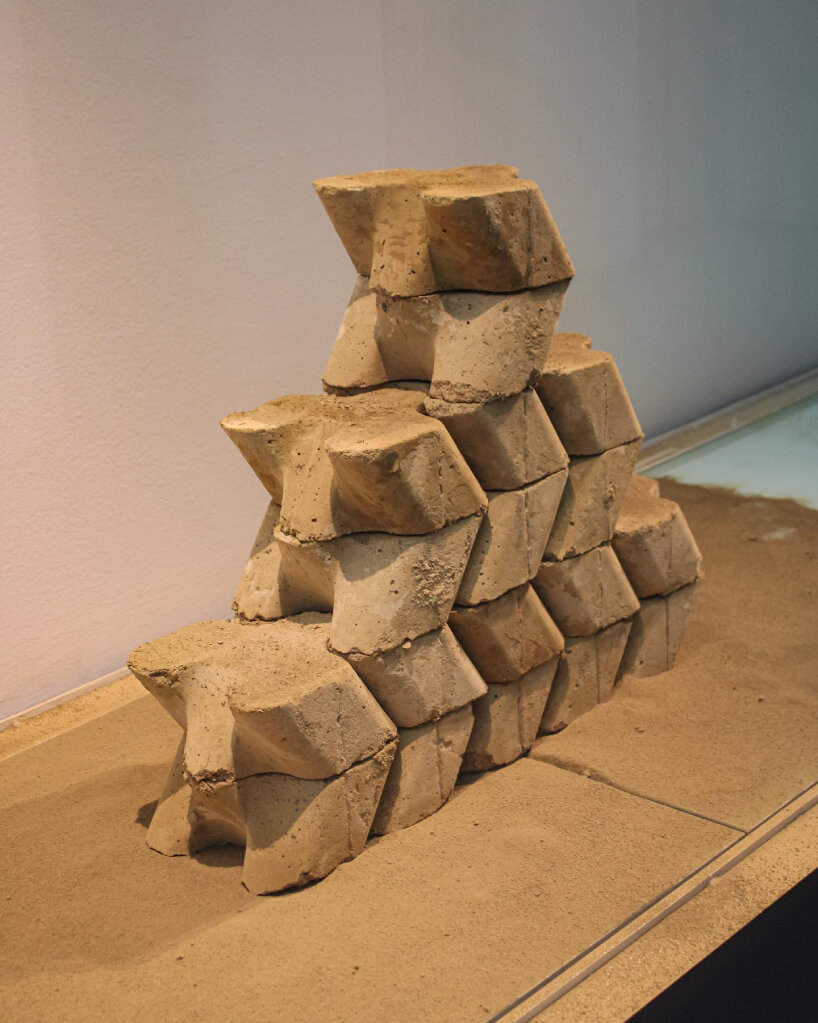
TERRABLOCKS: parametric adobe made with 3D printed molds
‘With [TERRABLOCKS] we seek that students can create their own criteria on the use of technology and innovation in the face of different geometric, material and manufacturing challenges to materialize different projects, be aware of where the materials we use come from and what is their impact on the environment and thus, be applied on a larger scale in living spaces and architectural scale as walls, lattices, columns, among multiple combinations that allows its geometry to be replicated and assembled on site and generate new spatial experiences, out of the mold,’ the team continues.
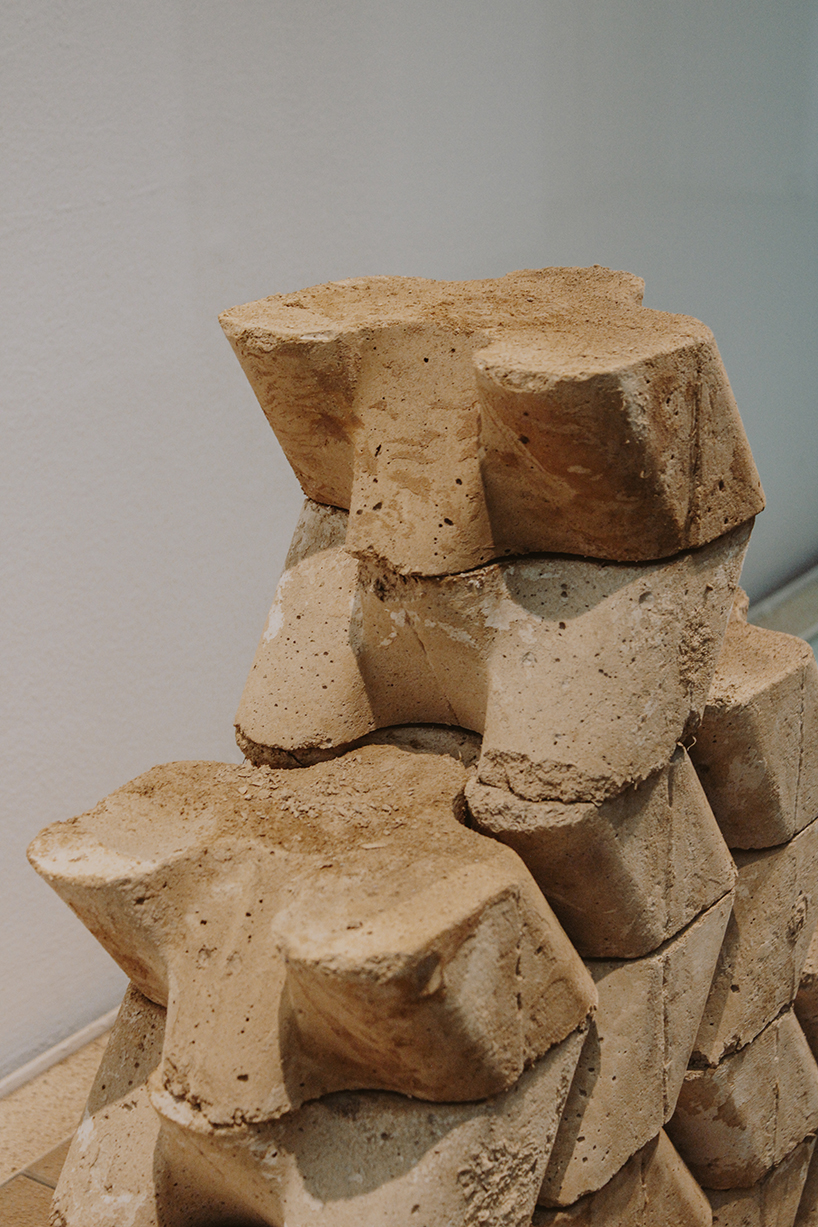
working with the land to unearth its economic, social, cultural, and ecological benefits

the blocks are composed by modeling the original geometry with a 3D printed mold in PLA
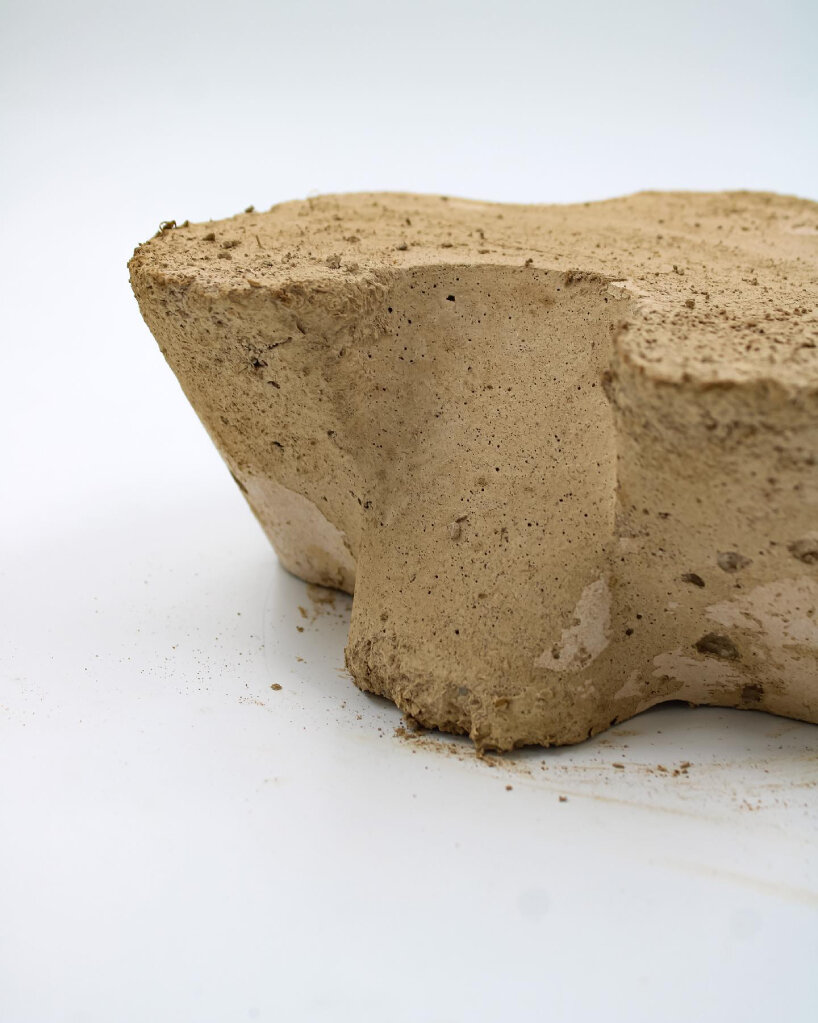
mixtures of raw earth and natural fibers are sourced locally
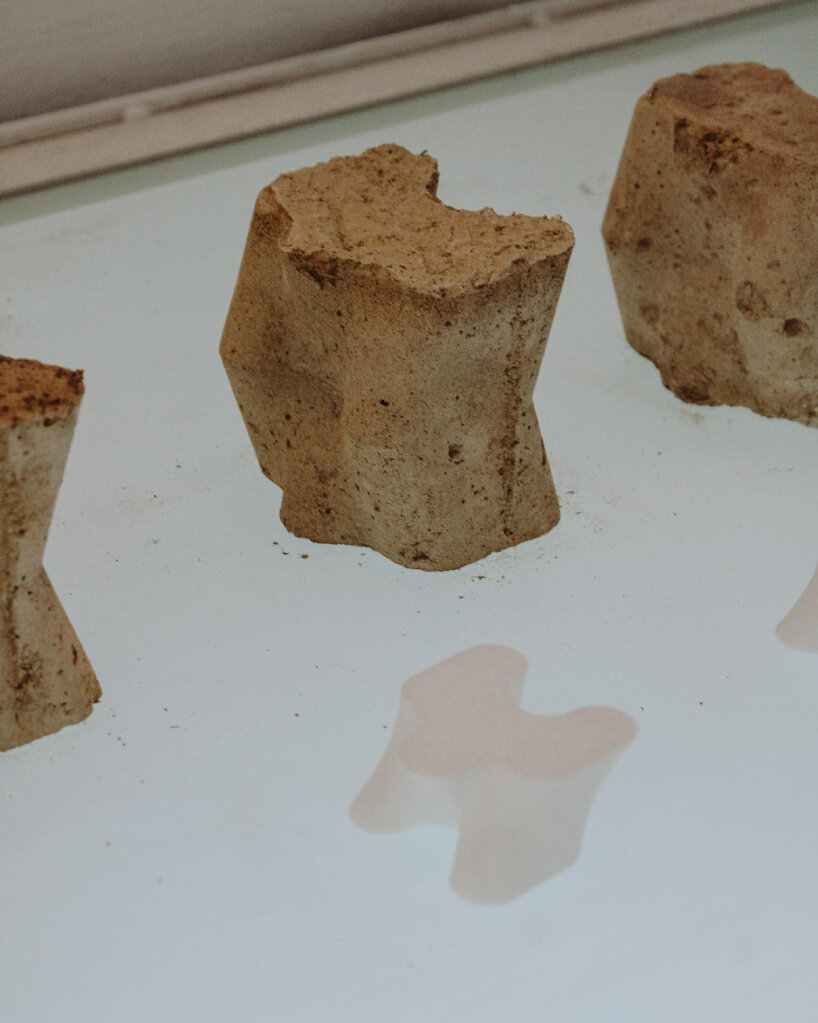
the team devised 5 different mixtures to test the potential of the soil
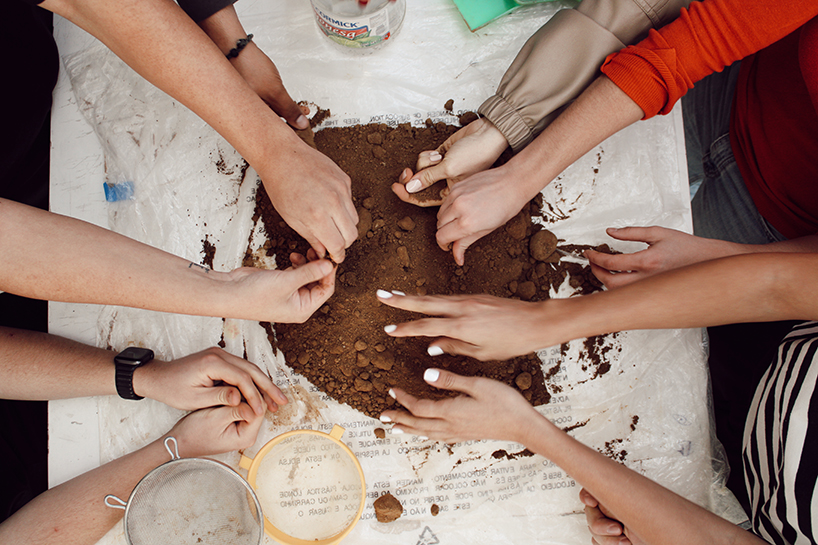
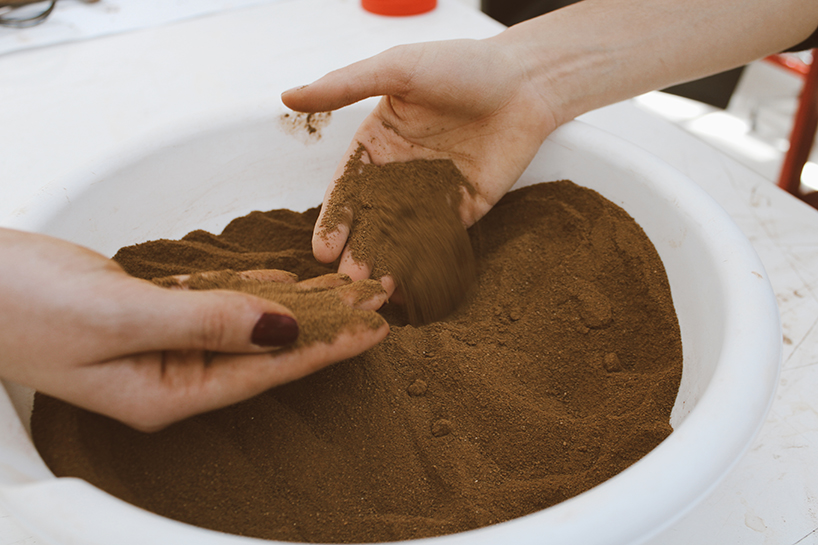
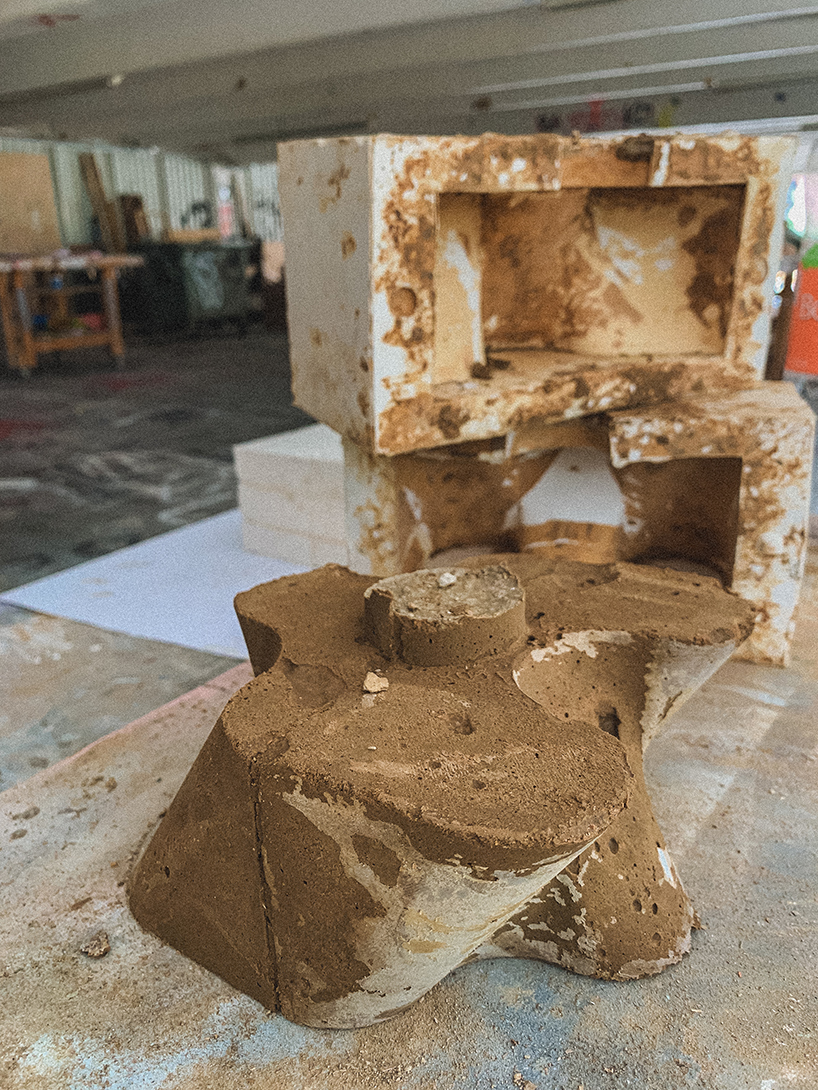
exploring different mold making strategies to project the original geometry and select the most efficient process
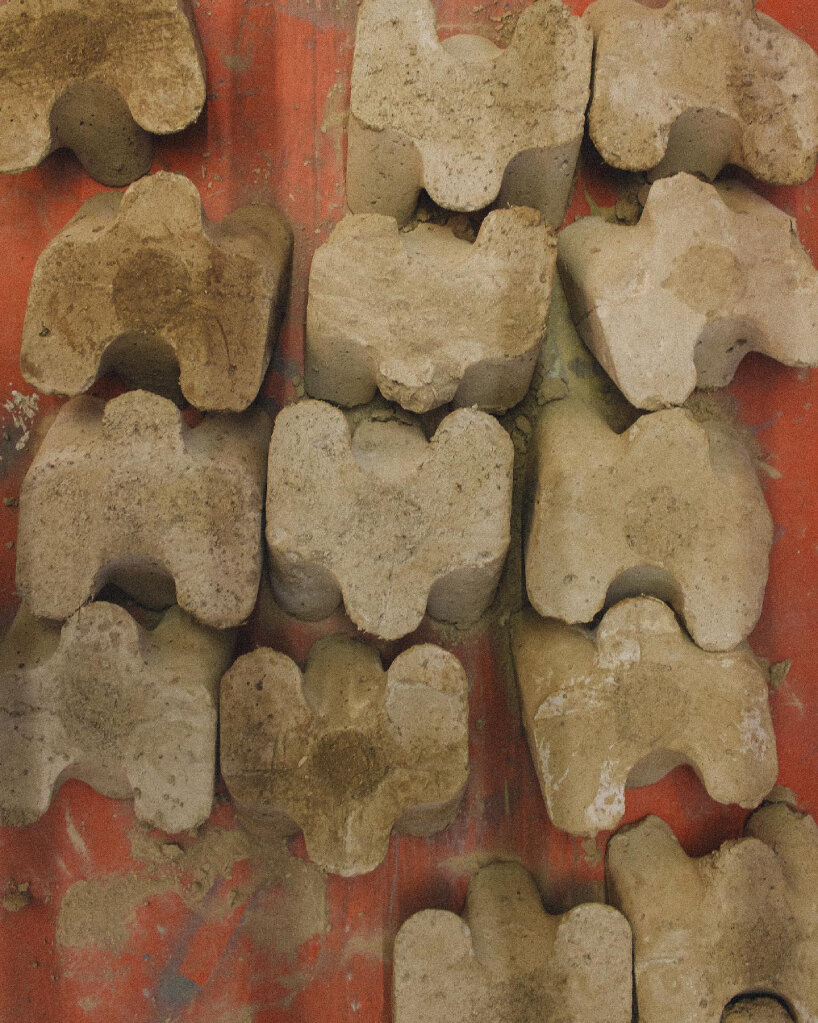
a total of 20 pieces were produced within four weeks
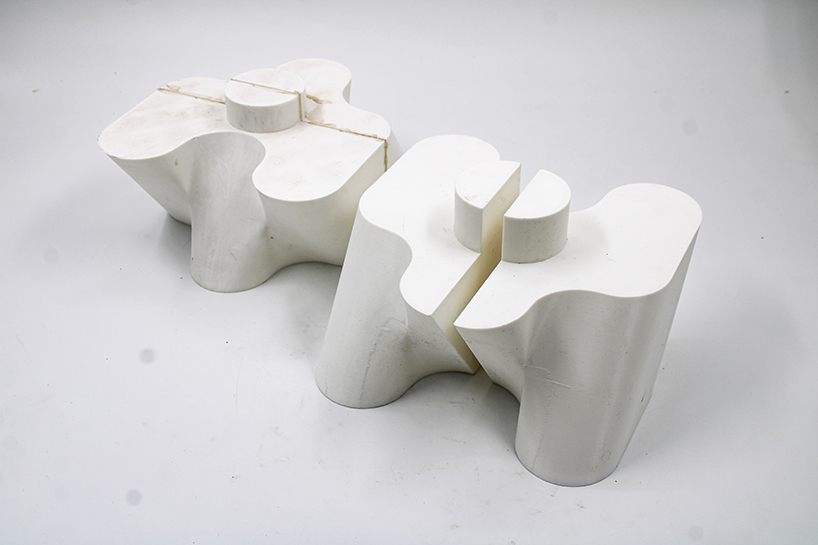
the mold is 3D printed in PLA, and the negative is cast in silicone rubber to facilitate de-molding
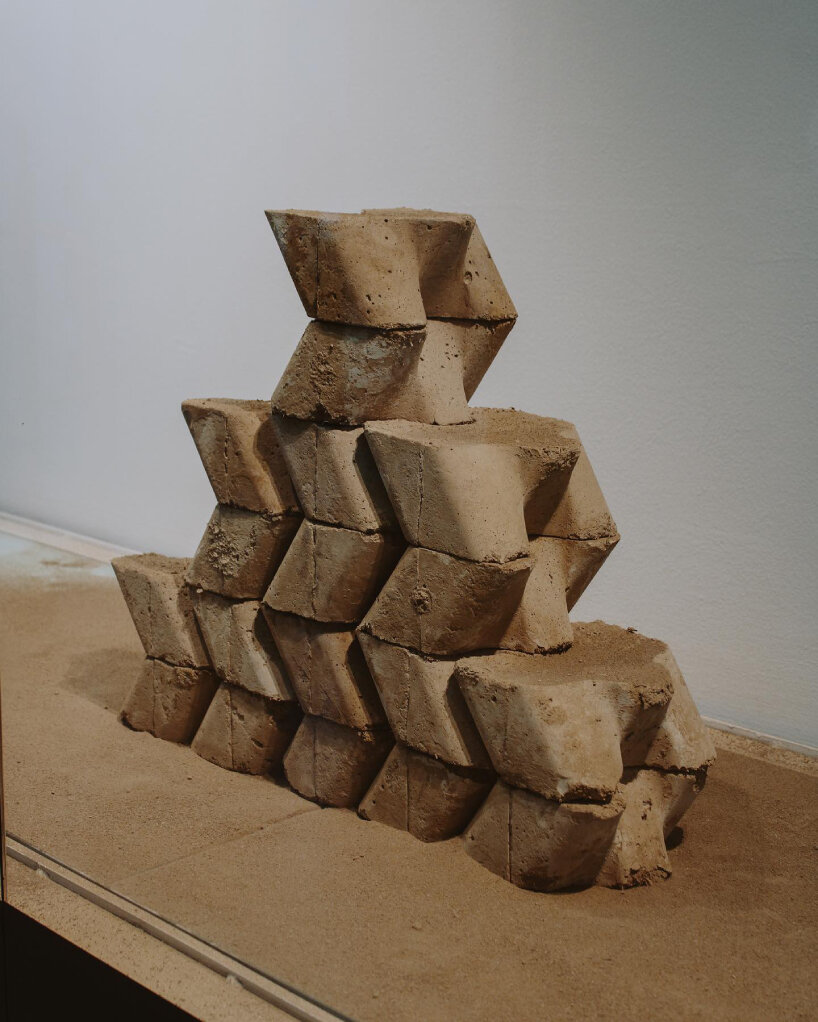
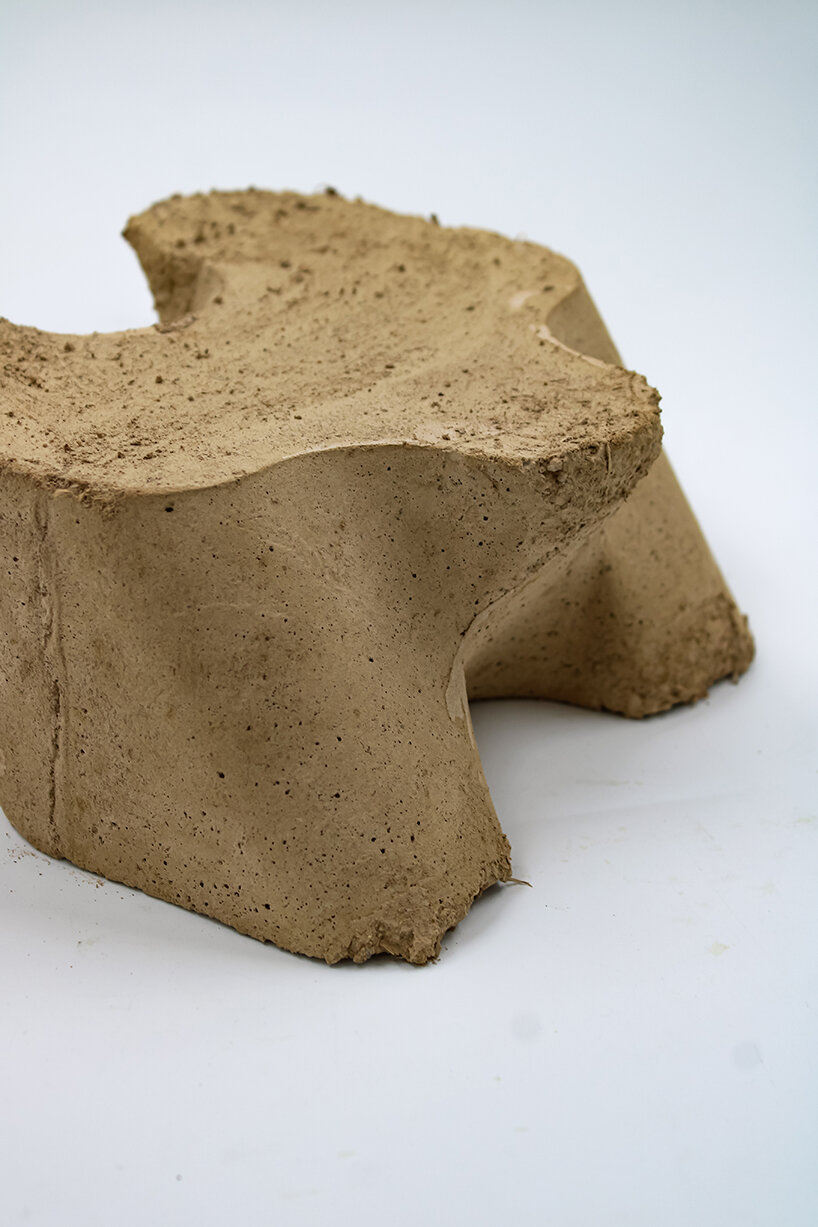
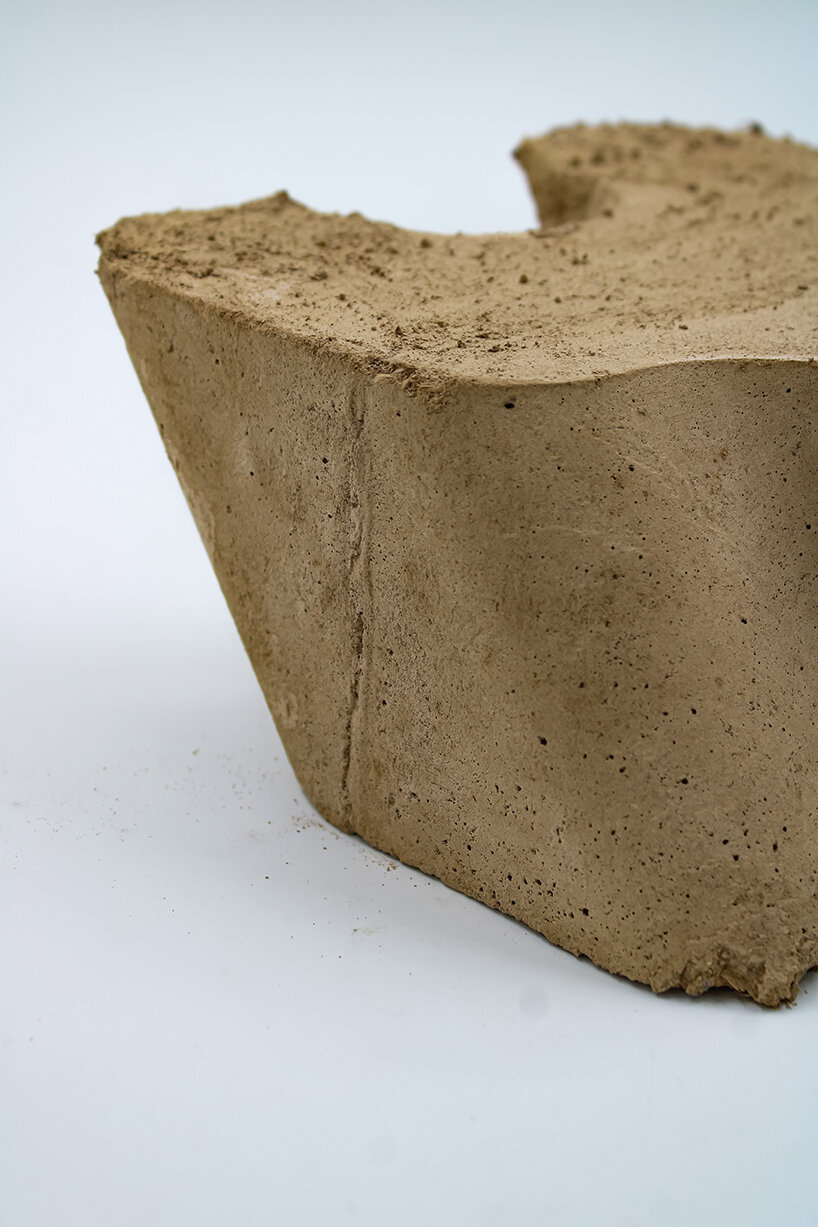
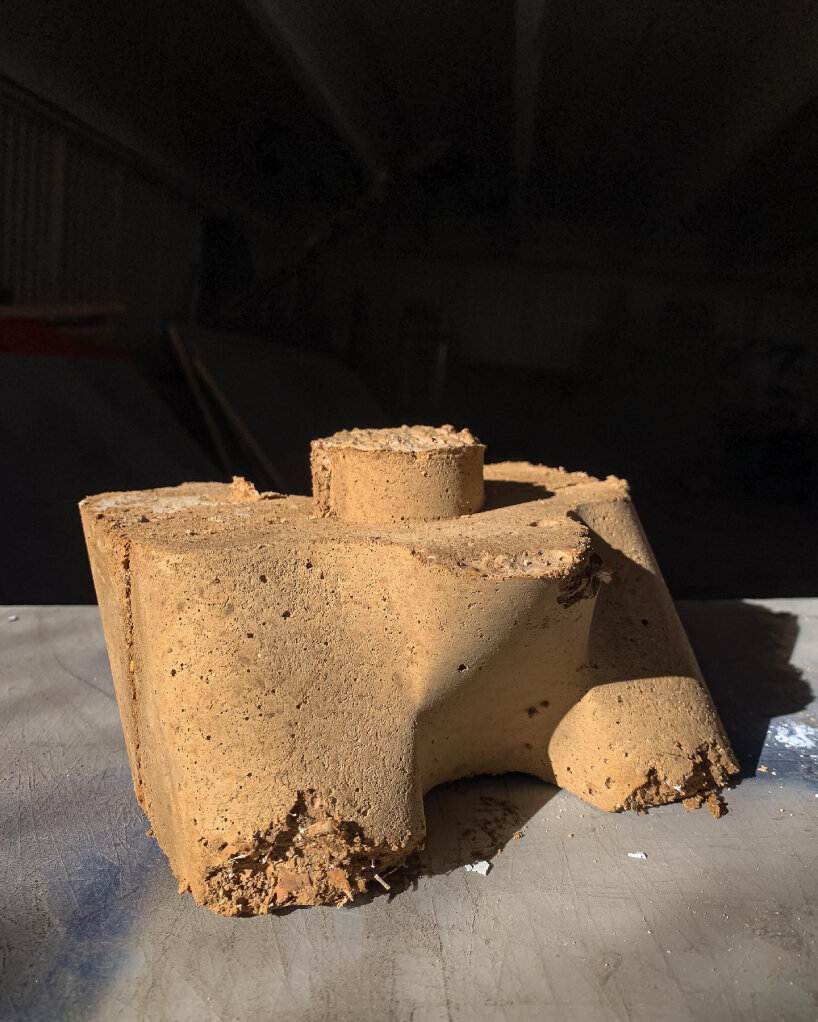
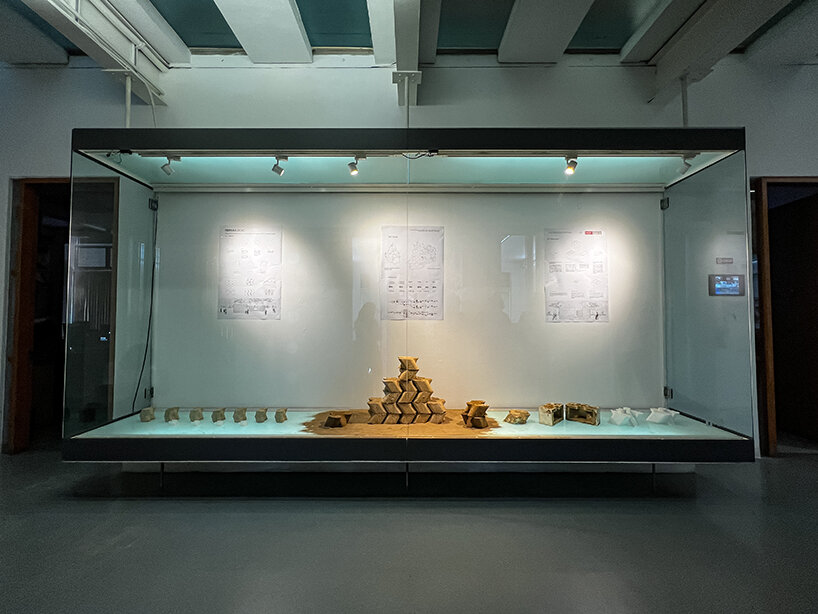
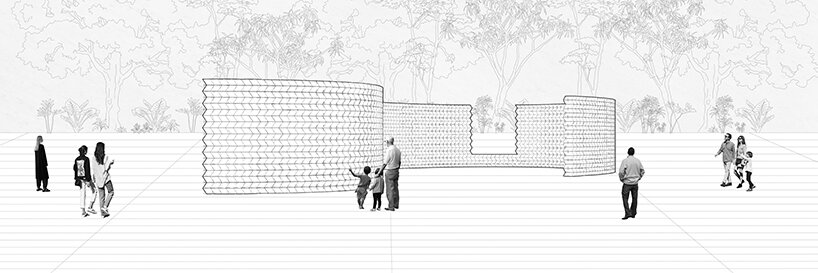
project info:
name: TERRABLOCKS
designer: Digital Fabrication Workshop at Universidad Iberoamericana, Mexico City
professor: Dinorah Schulte
collaborator: Ana Karen Godoy – YUMARI
student team: Alicia Brogno, Amaya Telleria, Andrés Tapia, Ari Villalva, Cristobal Araujo, Jesús Escamilla, Mariel Mujica, Natalia Galán.
designboom has received this project from our DIY submissions feature, where we welcome our readers to submit their own work for publication. see more project submissions from our readers here.
edited by: ravail khan | designboom
